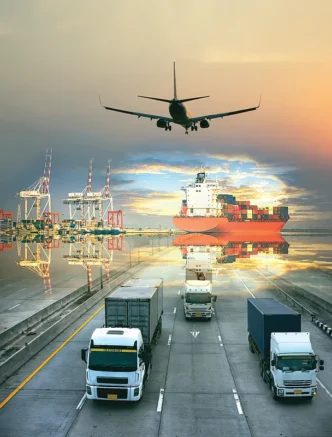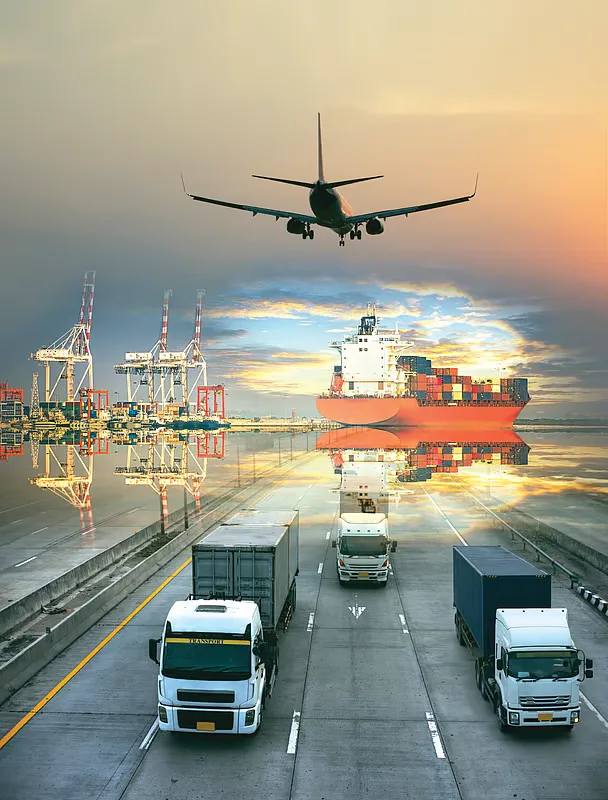The CEPA initiative (Comprehensive Economic Partnership Agreement) is one of the UAE’s strongest strategies to establish itself as a global trade center. Signing trade agreements with major global partners has allowed the UAE to accelerate its diversification away from oil, and which will unlock new avenues for investments, manufacturing, logistics and services.
Under the CEPA initiative, the UAE has already concluded deals with India, Indonesia, Israel and other strategic partners. Each agreement will help improve access to new markets, reduce tariffs, and create bypasses for Emirati products and services. The agreements are in-line with the UAE’s long-term vision for building a strong, innovation-based economy.
(For further details on CEPA agreements, visit the official UAE Ministry of Economy.
How the CEPA Initiative Reinforces the UAE’s Position as a Global Trade Hub
The UAE has long served as a focal point for trade between Asia, Africa, and Europe, and the CEPA initiative is enhancing that global trade hub distinction by attracting more businesses to the UAE.
Market Access and Tariff Reductions – Businesses in the UAE benefit from reduced customs duties which increase export levels of aluminum, petrochemicals, food products and other non-oil exports.
Foreign Direct Investment (FDI) – The UAE is particularly attractive for multinational companies seeking to set up regional headquarters in either Dubai or Abu Dhabi due to the availability of open trade policies.
SME Growth – Small and medium-sized enterprises (SMEs) can better access international markets and engage in sustainable growth in their business.
Job Creation – New trade corridors are also creating new jobs with the build-out of logistics, tech, finance, and retail.
Global Competitiveness – Ultimately, CEPA enables the UAE to measure itself among the top players in global trade.
These progresses are also consistent with the UAE’s view of economic diversification and sustainable pathways to economic prosperity in the future.
CEPA Initiative as a Catalyst for Future Growth for UAE
CEPA is not just a series of agreements, but a fundamental pillar of the UAE’s intended future. A total of 26 CEPAs are expected to be signed, allowing entry into rapidly growing markets in the areas of Asia, Latin America, and Africa.
An example of this potential is the UAE–India CEPA, which has already seen bilateral trade exceed USD 85 billion, according to Khaleej Times, within a year of the agreement being signed. The CEPA was able to spur in short order an opportunity for tremendous and transformative economic capital in terms of bilateral trade.
At the same time, the UAE is making significant investments into infrastructure, logistics, and technology to leverage the change these agreements can produce. Free zones such as Jebel Ali and Khalifa Port’s capacities are being increased to service the higher trade volumes, which improves the UAE’s competitive position on the global proxy.
To learn more about our The UAE Time vision for trade and development, check out The UAE Time for updates on regional business and economy.
Conclusion
The CEPA initiative is more than just a trade agenda; it’s an instrument to advance the advancement of the UAE’s future as a global trade location. CEPA can build economic diversity, remove trade barriers, and create more compelling partnerships as a model for economic development.
CEPA is just the beginning, and with a growing number of CEPA agreements signed with countries worldwide, we can expect new heights of opportunities for businesses and investors to grow and prosper in the UAE’s robust and diverse economy.
An example of this potential is the UAE–India CEPA, which has already seen bilateral trade exceed USD 85 billion, according to Khaleej Times, within a year of the agreement being signed. The CEPA was able to spur in short order an opportunity for tremendous and transformative economic capital in terms of bilateral trade.




